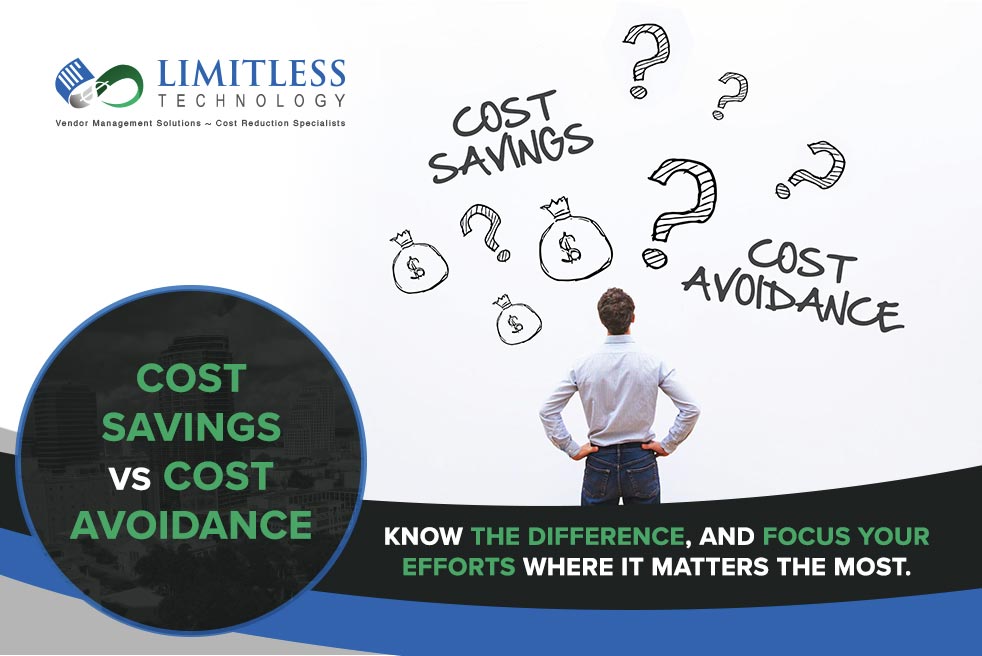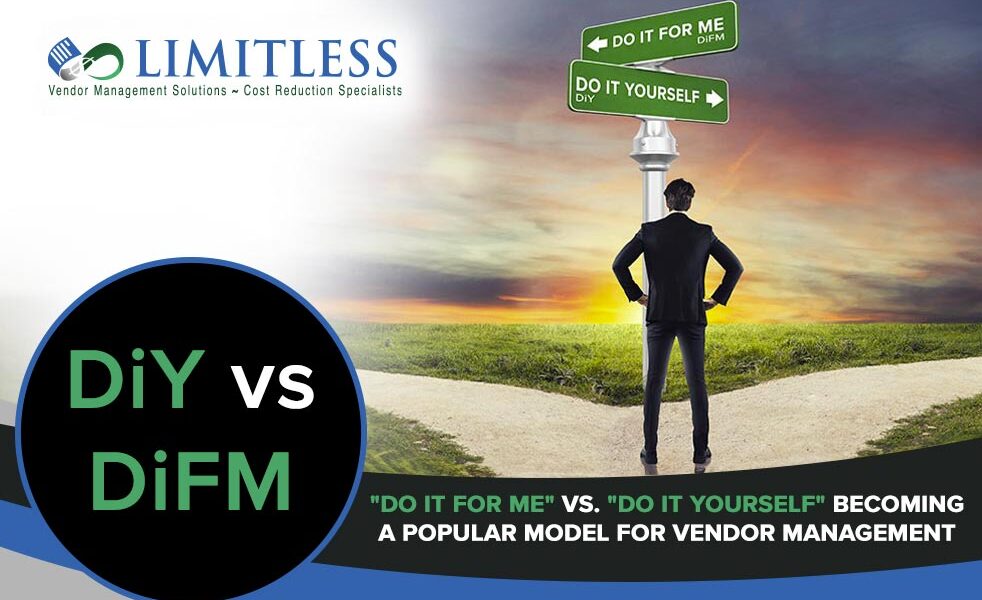When managing vendors and contracts, it is good practice to both keep costs down and avoid spending more money than is required. The more cash you keep, the better your profits will be. However, in some businesses, you may hear the phrases “cost avoidance” and “cost savings” used interchangeably. The reality is the two phrases have different meanings, and understanding how they differ can make a big difference in overall business operations.
What is Cost Avoidance?
Cost avoidance focuses on actions that avoid incurring costs in the future. This means taking measures to lower a potential increase in expenses that a company might likely incur costs in the future. For example, spending money regularly to properly adhere to maintenance schedules on production equipment is a cost avoidance strategy. Failure to address maintenance and keeping everything in good working order could lead to needing to make more expensive repairs or replacements in the future. Letting employees operate equipment in poor conditions could also increase the chance of an accident which would go far behind the cost of simply repairing it at that time.
Cost Savings
Unlike cost avoidance, cost savings are reflected in both the company budget and financial statements. Cost savings can also be referred to as “hard savings”, and associated with actions that reduce debt levels, current spending, or investment. An organization’s financial statements should always highlight any savings achieved through cost reduction activities.
Planned cost savings should be part of the budget process, as well. Cost savings in comparison to previous periods should be added to financial statements, so the company effectively measures cost savings concerning profit over the year.
Where should you focus?
When developing a cost reduction strategy, make sure you understand the difference between cost savings and cost avoidance. Review your cost avoidance projects very closely because the financial benefits are not easily verifiable. The impact of these projects can only be estimated, assuming what would happen if you do not implement the proposed plan of action. On the other hand, projects that demonstrate clear and observable cost savings show bottom-line benefits. These contributions are reflected in measurable financial results over time.
For Additional Information Contact us at 407.330.4466




